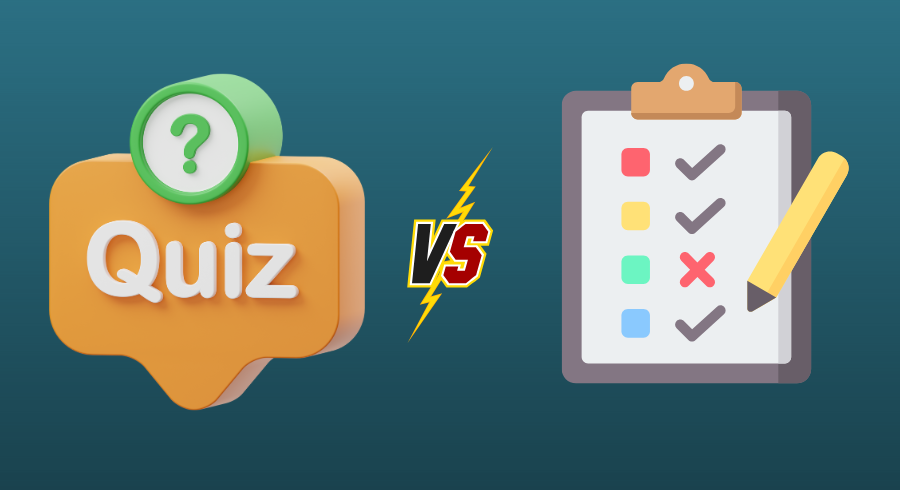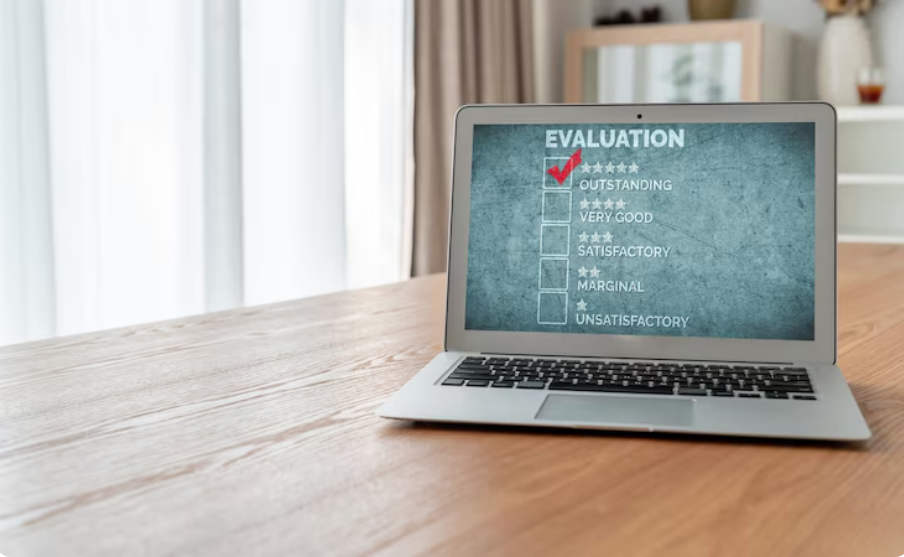Introduction
Coaches know that lead generation is a key pillar of growing their business. But once you have a lead, the real challenge begins: converting that lead into a paying client. This is where the power of follow-up automation comes in. The majority of clients don’t make an immediate purchase decision—they need time, information, and a bit of nurturing. This process, however, requires consistent communication and follow-ups, which can easily become overwhelming without the right tools.
When follow-up strategies are manual, things often slip through the cracks. According to Salesforce, 70% of sales go to the vendor that responds first. If you’re relying on sporadic follow-ups, you risk missing out on valuable opportunities. Automated follow-ups, on the other hand, keep prospects engaged without burning out your schedule. Whether you’re running a coaching business or providing any other service, automating your follow-up process not only saves time but can also increase your conversion rates significantly.
In this post, we’ll explore how follow-up automation helps coaches like you close more clients, streamline your lead nurturing, and ultimately scale your business. Plus, we’ll look at some powerful tools to make follow-up automation easier than ever.
Why Follow-Ups Are Crucial for Your Coaching Business
At the middle of the funnel (MOFU), your prospects have already shown interest—they’ve downloaded a resource, watched a webinar, or even signed up for a free consultation. But now, they’re in the evaluation phase and need further engagement before committing. This is where the follow-up process is crucial. Coaches who fail to follow up effectively often see potential clients slip away, never to return.
Here’s why follow-ups are essential:
- Engagement: By following up, you stay in front of your prospects and maintain their interest.
- Trust: Consistent follow-ups help build trust over time. Leads are more likely to convert when they feel heard and valued.
- Nurturing: A follow-up isn’t just about selling; it’s about nurturing relationships. Automated follow-ups help keep your leads warm without requiring constant manual input.
Despite the importance of follow-ups, 58% of salespeople don’t follow up with leads more than once. This shows a huge opportunity for improvement. Automating this process ensures you’re never missing an opportunity again.
What is Follow-Up Automation?
Follow-up automation is the process of using software tools to send pre-scheduled messages, reminders, and emails to prospects based on specific triggers or actions. Think of it as your virtual assistant—following up with leads while you focus on high-value tasks like coaching.
Here are key features of follow-up automation:
- Behavior-Based Triggers: Send an email when a lead downloads a resource, signs up for a webinar, or visits your pricing page. These triggers can be set up to ensure your messages are relevant and timely.
- Pre-Written Email Sequences: Set up a series of emails that nurture leads over time, guiding them through the decision-making process. Each email is automatically sent based on where the prospect is in their journey.
- Integration with CRM: Automating follow-ups means integrating with your CRM to track each lead’s behavior. This way, your system knows exactly when to send a follow-up based on lead actions, whether they’ve watched a video or filled out a form.
By setting up automated follow-ups, you can ensure timely communication with each lead, keeping them engaged and moving down the sales funnel without lifting a finger.
The Key Benefits of Follow-Up Automation for Coaches
Many coaches shy away from automation because they fear losing the personal touch. But, in reality, automation can actually improve personalization. Here’s how:
1. Improved Conversion Rates
Automating follow-ups leads to better timing and frequency of engagement. According to InsideSales, companies that respond to leads within five minutes are nine times more likely to convert. With follow-up automation, you can ensure responses are sent immediately after a lead shows interest, dramatically increasing the chances of conversion.
2. Time Efficiency
Managing leads manually takes a lot of time and mental energy. Follow-up automation frees up time so you can focus on doing what you do best—coaching your clients. For instance, you can set up a series of emails to go out automatically, personalized based on the prospect’s behavior, and rest easy knowing you’re keeping the conversation going.
3. Personalization at Scale
With the right tools, automation doesn’t have to feel robotic. You can personalize emails by inserting the lead’s name, referencing past interactions, and tailoring content to their needs. Tools like ActiveCampaign and ConvertKit allow you to build automated workflows that feel highly personal, even if they’re sent at scale.
4. Consistent, Timely Follow-Ups
Staying consistent with follow-ups is crucial. However, manual follow-ups often slip through the cracks. With automation, your prospects are always contacted at the right time, with the right message—whether it’s an email, SMS, or social media DM.
5. Analytics for Continuous Improvement
Automation tools come with built-in analytics that let you track how your emails are performing. You can see open rates, click-through rates, and conversions, allowing you to optimize your follow-up sequences for better results.
In short, follow-up automation not only saves you time but significantly improves your chances of converting prospects into clients.
Types of Automated Follow-Ups for Coaches
There’s no one-size-fits-all when it comes to automated follow-ups. Here are a few types that can work wonders for your coaching business:
1. Email Sequences
Email sequences are perhaps the most powerful type of automated follow-up. After a prospect signs up for your free consultation or downloads a resource, you can trigger a sequence of emails that nurture them over time. A well-structured sequence can gradually lead them from curiosity to commitment.
Examples include:
- Welcome Emails: Introduce yourself and your coaching philosophy.
- Educational Emails: Offer value by sharing content that speaks to their needs or pain points.
- Call-to-Action Emails: Direct them to book a consultation, sign up for your program, or take the next step.
2. Text Message Follow-Ups
With many people preferring SMS communication, integrating text follow-ups can boost your chances of engagement. Tools like Twilio and SMS Magic allow you to automate SMS messages to remind leads of upcoming calls or meetings.
3. Social Media Follow-Ups
Many leads interact with coaches via social media. Tools like ManyChat allow you to automate responses and follow-ups through Facebook Messenger or Instagram DMs. These platforms give you a chance to connect in a more informal, approachable way while still automating the process.
4. CRM Integration
Automating follow-ups doesn’t just involve emails and texts. A CRM like HubSpot can integrate with your website, scheduling tool, and email software to trigger follow-ups based on specific behaviors—such as filling out a contact form or abandoning a booking page. This ensures that your communication is timely and relevant.
Relevant Tools for Follow-Up Automation
To tackle follow-up challenges, using the right tools can make all the difference. Compare2Compete offers detailed reviews of various platforms designed for coaches looking to improve follow-up automation. Tools such as:
- ActiveCampaign: Known for its robust email automation and CRM integration, ActiveCampaign allows coaches to send targeted, personalized follow-ups based on user behavior.
- ConvertKit: Especially popular among creators and coaches, ConvertKit provides simple email sequences and automation that can scale as your business grows.
- HubSpot CRM: This tool helps you track interactions, segment leads, and automatically send personalized emails based on specific actions or behaviors.
These platforms are not just about convenience—they address real pain points. By using them, you’ll reduce manual effort, stay consistent with follow-ups, and improve lead conversion.
Conclusion
Follow-up automation is not just a time-saver; it’s a business game-changer. By automating your follow-ups, you can ensure that leads are consistently engaged, nurturing them through the sales process while freeing up your time to focus on coaching. This streamlined approach improves conversions, saves time, and boosts overall efficiency.
Ready to take your coaching business to the next level? Start by integrating follow-up automation tools into your strategy today. Explore the best tools on Compare2Compete and begin closing more clients with less effort. Don’t let leads slip through the cracks—automate your follow-ups and watch your business grow.



